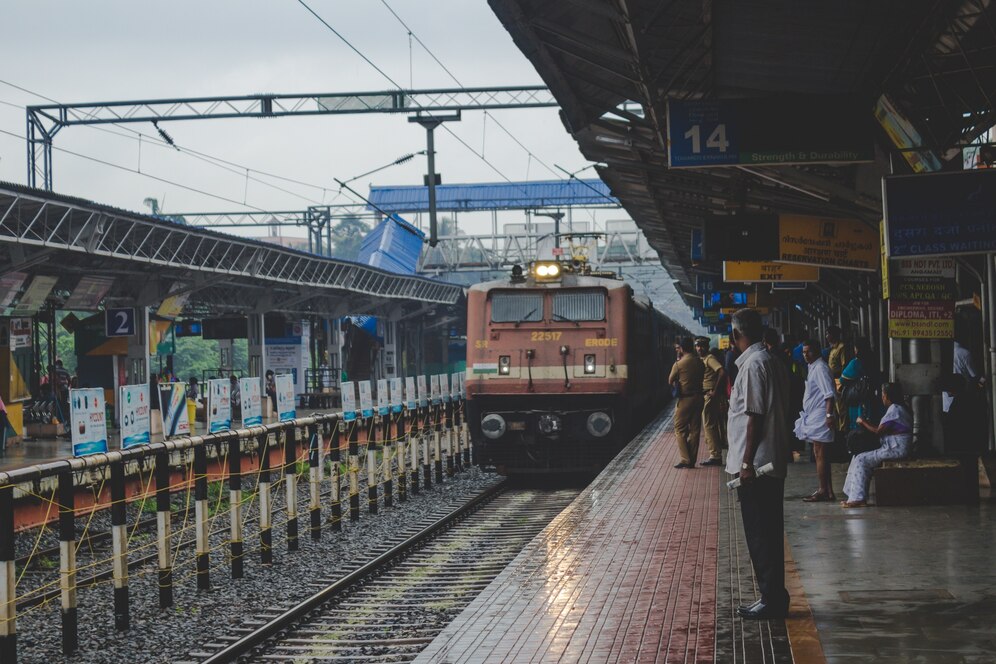
Indian Railways, a government-owned national railway system, is one of the largest and most intricate railway networks in the world. It plays a crucial role in the lives of millions of Indians, facilitating travel and commerce across the vast expanse of the country. Established in 1853, Indian Railways has evolved significantly over the years, becoming a symbol of connectivity and growth for the nation.
The History and Evolution of Indian Railways
The inception of Indian Railways dates back to the British colonial period when the first passenger train journeyed from Mumbai to Thane on April 16, 1853. This marked the beginning of a transformative era in transportation for India. Over the decades, the network expanded rapidly, connecting major cities, towns, and rural areas, thus fostering economic growth and regional integration.
Post-independence, Indian Railways underwent extensive nationalization and modernization. The establishment of the Railway Board in 1905 and the subsequent creation of zonal railways helped streamline operations and management. Today, Indian Railways comprises 18 zones, each responsible for managing their respective regional networks.
The Structure and Operations of Indian Railways
Zones and Divisions
Indian Railways is divided into zones, each further segmented into divisions. This hierarchical structure ensures efficient management and operation. Some of the major zones include:
- Northern Railway (NR)
- Southern Railway (SR)
- Eastern Railway (ER)
- Western Railway (WR)
Each zone oversees various divisions that handle day-to-day operations, maintenance, and passenger services.
Passenger Services
Indian Railways offers a range of passenger services catering to different segments of society. These include:
- Luxury Trains: Trains like the Maharajas’ Express and the Palace on Wheels offer opulent travel experiences, showcasing India’s rich heritage and culture.
- Express and Superfast Trains: Trains like the Rajdhani Express, Shatabdi Express, and Duronto Express provide fast and efficient connectivity between major cities.
- Mail and Passenger Trains: These trains connect smaller towns and rural areas, ensuring accessibility across the country.
- Suburban Trains: In metropolitan areas like Mumbai, Chennai, and Kolkata, suburban trains are the lifeline for daily commuters, carrying millions of passengers every day.
Freight Services
Freight transportation is a significant aspect of Indian Railways, contributing substantially to its revenue. The network transports a wide array of goods, including coal, steel, cement, agricultural products, and consumer goods. Dedicated freight corridors are being developed to enhance efficiency and reduce congestion on busy routes.
Technological Advancements and Modernization
Indian Railways has embraced technological advancements to improve safety, efficiency, and passenger experience. Some notable initiatives include:
- Digital Ticketing: The introduction of online booking and mobile apps has revolutionized ticketing, making it more convenient for passengers.
- High-Speed Trains: Projects like the Mumbai-Ahmedabad High-Speed Rail Corridor aim to introduce bullet trains in India, significantly reducing travel time.
- Electrification: A major portion of the railway network is being electrified to reduce dependency on fossil fuels and promote sustainability.
- Safety Measures: Implementation of advanced signaling systems, automatic train protection, and upgradation of tracks and bridges enhance safety standards.
Challenges and the Way Forward
Despite its achievements, Indian Railways faces several challenges, including:
- Infrastructure Upgradation: Aging infrastructure requires continuous investment and modernization.
- Financial Sustainability: Balancing passenger subsidies with operational costs is a constant challenge.
- Environmental Impact: Ensuring sustainable practices and minimizing environmental footprint is crucial.
To address these challenges, it is focusing on public-private partnerships, innovative financing mechanisms, and adopting green technologies.
Conclusion
Indian Railways is more than just a mode of transportation; it is an integral part of India’s social and economic fabric. Its vast network connects people, cultures, and markets, driving the nation’s growth and development. As it continues to modernize and evolve,This remains a symbol of India’s enduring journey towards progress and prosperity.
